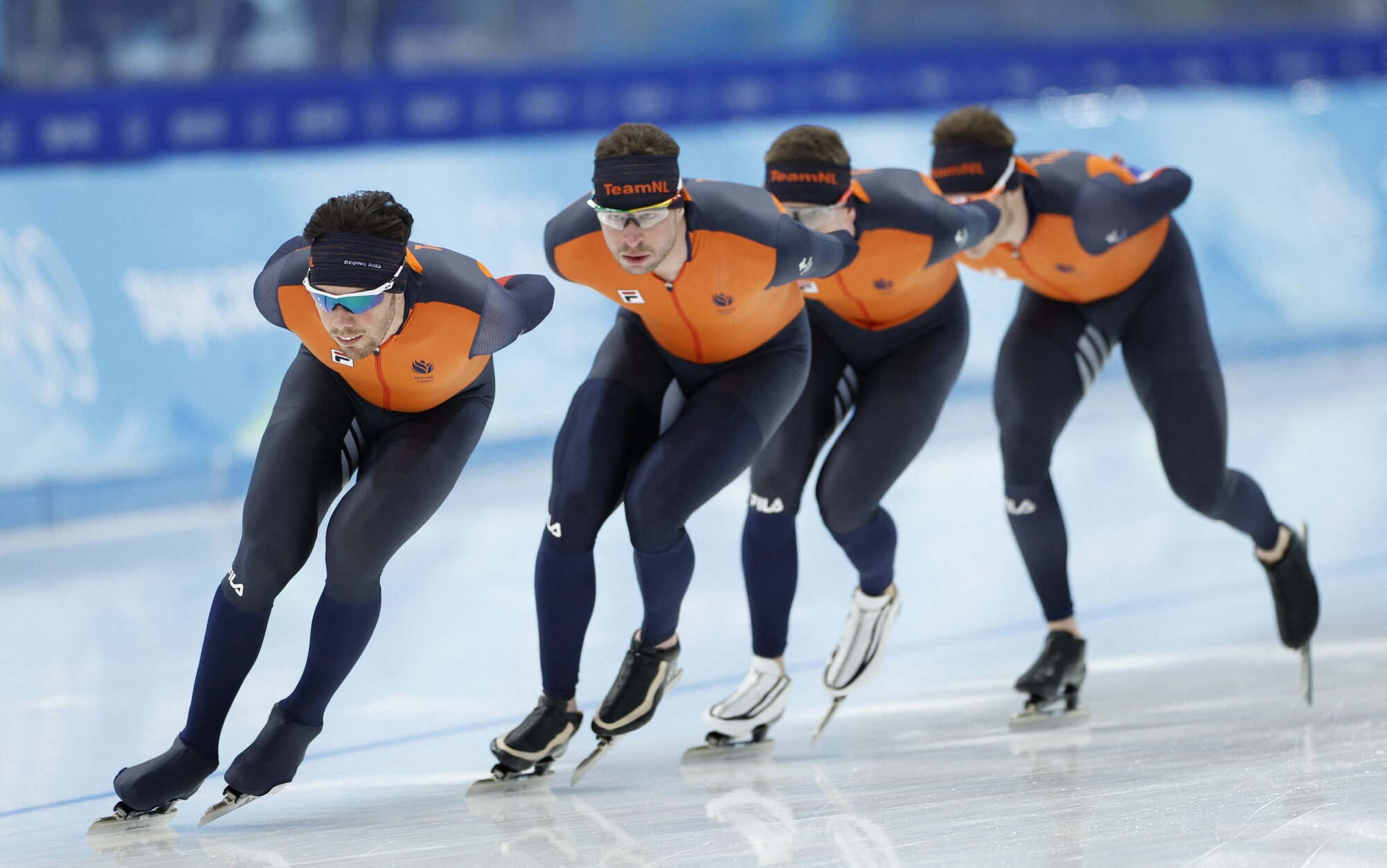
Speed skating is an exhilarating sport that combines agility, strength, and speed. Originating in the Netherlands, it has grown into a global phenomenon with athletes competing on ice tracks worldwide. But what makes this sport so fascinating? Speed skating isn't just about who crosses the finish line first; it's a test of endurance, technique, and strategy. From the unique design of the skates to the intricate rules governing the races, there's a lot to learn. Whether you're a fan or a newcomer, these 25 facts will give you a deeper appreciation for the sport. Ready to lace up and glide into the world of speed skating?
The Origins of Speed Skating
Speed skating has a rich history that dates back centuries. Let's dive into some fascinating facts about its beginnings.
- Speed skating originated in Scandinavia, where people used bones strapped to their feet to glide over frozen lakes and rivers.
- The first official speed skating race took place in the Netherlands in 1676.
- Early skates were made from animal bones, later evolving to wooden blades and finally to the steel blades used today.
- The Netherlands is often considered the birthplace of modern speed skating due to its long history and cultural significance in the region.
Speed Skating in the Olympics
Speed skating has been a part of the Winter Olympics for many years. Here are some key facts about its Olympic journey.
- Speed skating made its Olympic debut at the first Winter Games in Chamonix, France, in 1924.
- Women were allowed to compete in Olympic speed skating for the first time in 1960 at the Squaw Valley Games.
- The longest Olympic speed skating event is the men's 10,000 meters, which requires exceptional endurance and strategy.
- The Netherlands has won the most Olympic medals in speed skating, showcasing their dominance in the sport.
Types of Speed Skating
There are different forms of speed skating, each with its own unique characteristics. Let's explore these variations.
- Long track speed skating takes place on a 400-meter oval track, focusing on endurance and speed.
- Short track speed skating occurs on a smaller, 111.12-meter track, emphasizing agility and quick reflexes.
- Marathon speed skating involves long-distance races on natural ice, often covering distances of up to 200 kilometers.
- Inline speed skating is a summer variant, where athletes race on inline skates instead of ice skates.
Speed Skating Techniques and Equipment
The techniques and equipment used in speed skating are crucial for achieving top speeds. Here are some interesting facts.
- Speed skaters use a technique called "crossover" to maintain speed while turning corners.
- The clap skate, introduced in the 1990s, has a hinge at the toe, allowing for more efficient strides.
- Speed skating suits are made from high-tech materials to reduce air resistance and improve aerodynamics.
- Skaters wear special gloves with hard tips to protect their hands and help them push off the ice during turns.
Famous Speed Skaters
Several athletes have left an indelible mark on the sport of speed skating. Let's look at some of these legends.
- Eric Heiden of the USA won five gold medals at the 1980 Winter Olympics, a record for a single Games.
- Bonnie Blair, also from the USA, is one of the most decorated female speed skaters, with five Olympic gold medals.
- Sven Kramer of the Netherlands has dominated long-distance events, winning multiple Olympic and World Championship titles.
- Claudia Pechstein of Germany is the most successful Olympic speed skater, with nine medals to her name.
Speed Skating Records
Speed skating records are constantly being broken as athletes push the limits of human performance. Here are some notable records.
- The current world record for the men's 500 meters is held by Pavel Kulizhnikov of Russia, set in 2019.
- Nao Kodaira of Japan holds the women's 500 meters world record, also set in 2019.
- The fastest speed ever recorded in speed skating is 60.58 km/h (37.64 mph) by Kjeld Nuis of the Netherlands.
- The longest-standing Olympic speed skating record is the men's 10,000 meters, set by Jochem Uytdehaage of the Netherlands in 2002.
Fun Facts About Speed Skating
Speed skating has some quirky and fun aspects that make it even more interesting. Here are a few to enjoy.
- In the Netherlands, speed skating is so popular that it’s often referred to as the national sport.
The Thrill of Speed Skating
Speed skating isn't just about racing on ice; it's a blend of athleticism, strategy, and history. From its origins in the Netherlands to its evolution into an Olympic sport, speed skating has captivated fans worldwide. Athletes push their limits, showcasing incredible endurance and skill. The sport's unique equipment, like clap skates and skin-tight suits, highlights the importance of technology in achieving peak performance. Whether it's the adrenaline of short track races or the endurance of long track events, speed skating offers something for everyone. Next time you watch a race, remember the rich history and dedication behind each skater's journey. Speed skating continues to inspire and excite, proving that the pursuit of speed on ice is a timeless thrill.
Was this page helpful?
Our commitment to delivering trustworthy and engaging content is at the heart of what we do. Each fact on our site is contributed by real users like you, bringing a wealth of diverse insights and information. To ensure the highest standards of accuracy and reliability, our dedicated editors meticulously review each submission. This process guarantees that the facts we share are not only fascinating but also credible. Trust in our commitment to quality and authenticity as you explore and learn with us.


